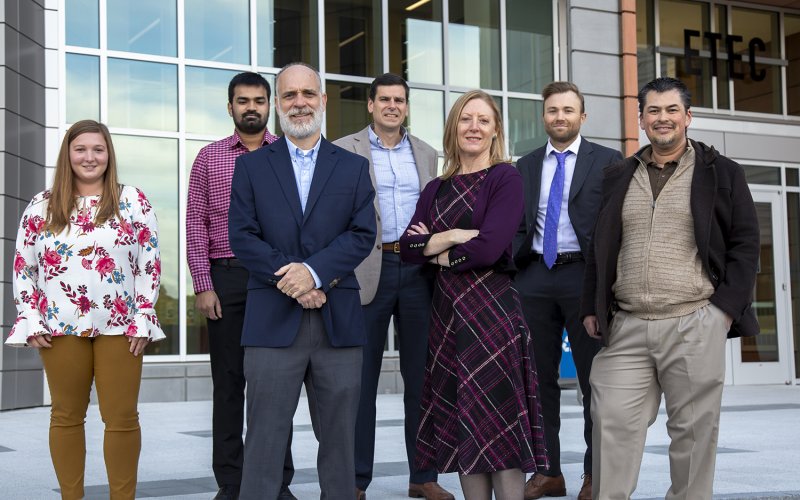UAlbany Awarded $2.8 Million for FEMA Project Aimed at Improving Disaster Messaging

ALBANY, N.Y. (Dec. 2, 2021) — Hazardous events, from toxic materials leaks to extreme weather or mass casualty incidents, pose a significant risk of harm to populations throughout the world. However, communication technologies have vastly improved since FEMA developed its Integrated Public Alert and Warning System (IPAWS).
IPAWS integrates the Emergency Alert System, Wireless Emergency Alerts and NOAA All-Hazards Weather Radio, and has paths to include emerging technologies as they develop.
“Since deploying the initial IPAWS capabilities in 2010,” said IPAWS Director Antwane Johnson, “we have primarily focused education and assistance for federal, state, local, tribal and territorial alerting authorities on how to use IPAWS to deliver messages. We need to also provide further education, training and assistance to help alerting authorities improve the content of emergency messages to more effectively communicate urgency and clear instructions that help people avoid and mitigate imminent threats.”
Through a new $2.8 million contract from FEMA, researchers from the University at Albany’s College of Emergency Preparedness, Homeland Security and Cybersecurity (CEHC) are teaming with the Center for Technology in Government (CTG UAlbany) to develop a Message Design Dashboard (MDD) for FEMA to help emergency managers write effective messages for public alert and warning.
The team will develop presentations, training materials and workshops to assist FEMA in educating authorities on how to use the MDD to develop effective public alert and warning messages.
“One of the key elements to improving community response in an emergency or a disaster is providing emergency managers with effective training tools,” said UAlbany President Havidán Rodríguez. “I applaud CEHC and CTG for leading this collaborative effort to help FEMA assist public officials in creating high-impact warning messages to the public, which are critical to strengthening disaster preparedness and response strategies.”
“Effective communications to the public during an emergency are critical to improving response and making our communities safer,” said CEHC Dean Robert Griffin. “The multi-disciplinary approach adopted by the MDD team shows UAlbany’s continued commitment to making not only New York communities, but all people across the nation safer. FEMA’s contract with CEHC and UAlbany is an important commitment to making the nation more secure.”
The three-year, FEMA funded project will involve the development of software, optimized message templates, and training materials to guide emergency managers’ use of the MDD and effective design of alert and warning messages for imminent threat.
The project is led by Associate Professor Jeannette Sutton of CEHC as principal investigator.
“The Message Design Dashboard will be built at the request of FEMA for emergency managers, for emergency manager use, with emergency manager input along the way,” said Sutton, who also serves as director of the Information Science PhD program at CEHC. “The goal is to increase knowledge of alerts and warnings, and demonstrate how technology designed with the end user in mind can both improve the messaging as well as increase public response to warnings.”
CTG UAlbany Director J. Ramon Gil-Garcia and Director of Technology Innovation and Services Derek Werthmuller are serving as co-principal investigators.
“Public safety officials and alerting authorities using FEMA’s IPAWS and hazard- and communication- specific experts will have input into the design, implementation, evaluation, refinement and training,” said Gil-Garcia, who is also an associate professor of Public Administration and Policy and International Affairs at the Rockefeller College of Public Affairs and Policy. “Based on previous experiences working with government professionals in this manner, we expect this will lead to greater adoption and ease of use among risk communicators who are tasked with communicating imminent threat.”
This project demonstrates clear linkages between research and practice by drawing from state-of-the-art social science research findings, utilizing robust methods for data collection and analysis on alert and warning messages, technology usability, and implementation testing, and clear criteria for evaluation.




